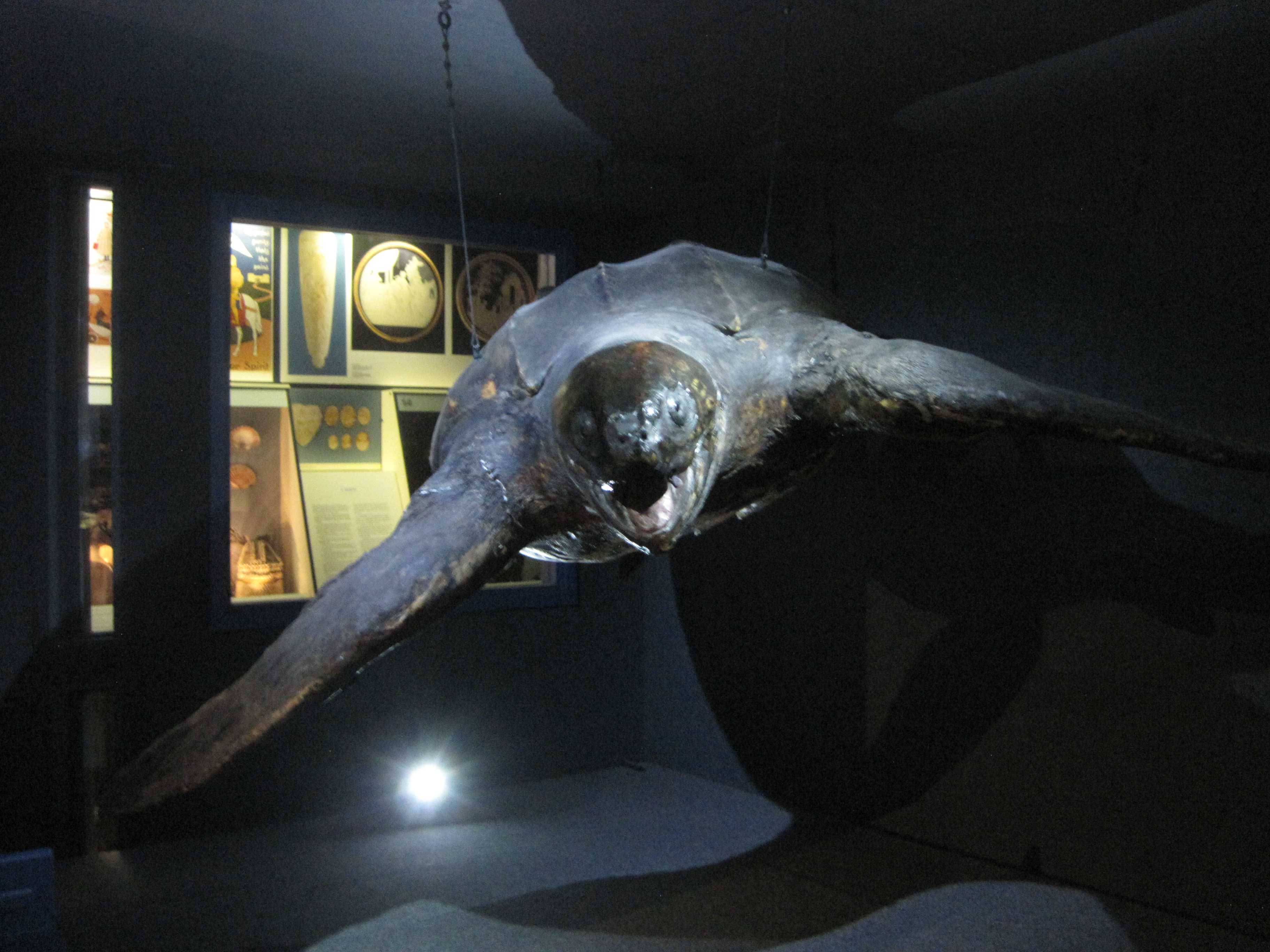Sea turtles live in relatively shallow continental shelf waters in most of the world’s oceans, apart from cold polar seas. Mature male turtles never leave the sea, but female sea turtles come ashore to lay their eggs on the same beach where they themselves hatched.
Sea turtles have been around for 110 million years, since the time of the dinosaurs.
And they are now in danger of becoming extinct.

Only around 1 in 1,000 baby sea turtles will make it to adulthood. But the low survival rate is not their biggest threat. Their main threat is from humans.
According to the World Wildlife Fund “Human activities have tipped the scales against the survival of these ancient mariners. Nearly all species of sea turtle are classified as Endangered. Slaughtered for their eggs, meat, skin and shells, sea turtles suffer from poaching and over-exploitation. They also face habitat destruction and accidental capture in fishing gear. Climate change has an impact on turtle nesting sites. It alters sand temperatures, which then affects the sex of hatchlings.”
Why is this important?
Sea turtles form a fundamental link in the marine ecosystems.
They are one of the few creatures that graze on sea grass which provides breeding and developmental grounds for numerous marine animals. It needs to be constantly cut short to help it grow a healthy bed across the sea floor.
Sea sponges would out-compete reef-building corals if they were not eaten by Sea turtles. Similarly, the turtles eat jellyfish, which helps stop the jellyfish depleting fish stocks.
Beaches and dunes are a fragile habitat that depend on vegetation to protect against erosion. As sea turtles use beaches and the lower dunes to nest and lay their eggs, vegetation is able to grow and become stronger with the nutrients from sea turtle nests. This helps to hold the sand in the dunes and to protect the beach from erosion.
How many different species of sea turtle are there?
Look on most websites and you will find there are seven different species of sea (or marine) turtles. The National Museum Cardiff lists eight different species. Why the difference?
According to Sea Turtle Inc. “Some experts do not distinguish between the Atlantic green and Pacific black as separate species. At Sea Turtle, Inc. we consider them two different species. Physical similarities between the Atlantic greens and Pacific blacks include one pair of prefrontal scales on the head. Also, both have 4 costal scutes (along the spinal column). The head size of the Pacific black is comparatively smaller than that of Atlantic green sea turtles.”
The Black Sea Turtle is slightly smaller than the green sea turtle and ranges in colour from gray to black. Black Sea Turtles nest in the Galapagos Islands, and are the only sea turtles known to do so.
- Pacific black turtle (Chelonia mydas agassizi)
- Green turtle (Chelonia mydas)
- Loggerhead (Caretta caretta)
- Leatherback (Dermochelys coriacea)
- Hawksbill (Eretmochelys imbricata)
- Kemp’s ridley (Lepidochelys kempii)
- Olive ridley (Lepidochelys olivacea)
- Flatback (Natator depressa)
Discover more
Sign up for the ITM Games Group newsletter and discover more about the treasure held in The National Museum Cardiff and other museums and art galleries.